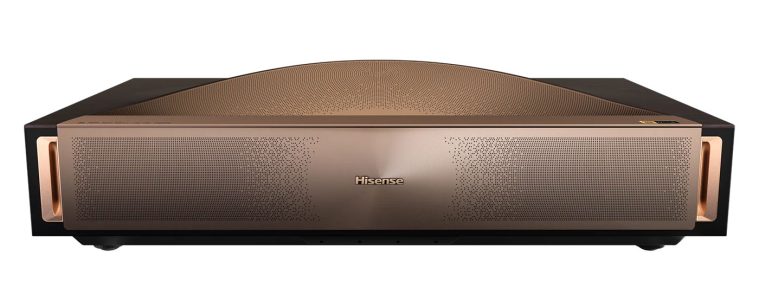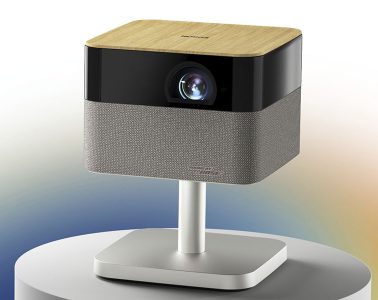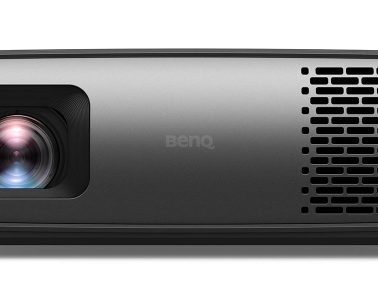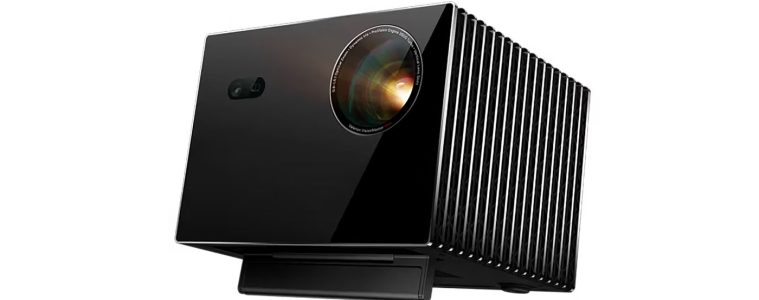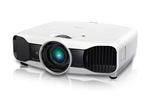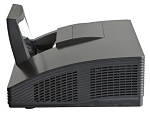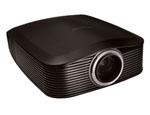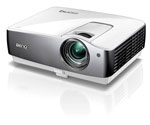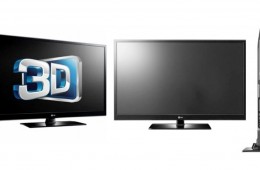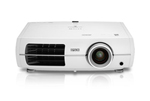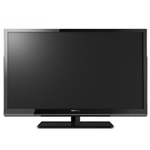BenQ W7000 Single-Chip DLP 3D Projector
Many people are eager to experience 3D in their home, but often disappointed when they get their projector setup. The wonderful demos we see at trade shows or in stores are commonly using custom screens that add a lot of light to 3D, but most of us don't have these. The end result is often a dark, dull picture that doesn't resemble what they were hoping to see. The BenQ W7000, reviewed here, is a single-chip DLP 3D projector that has plenty of light, even in 3D, and also scored well in our Benchmark tests.


